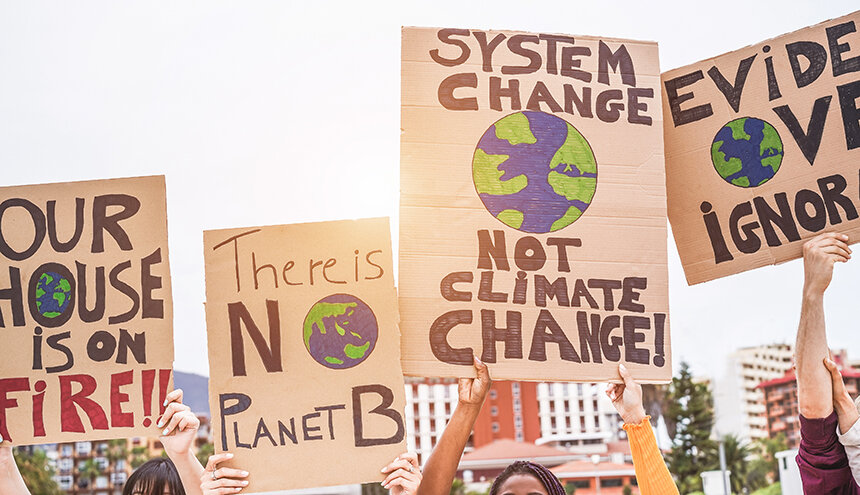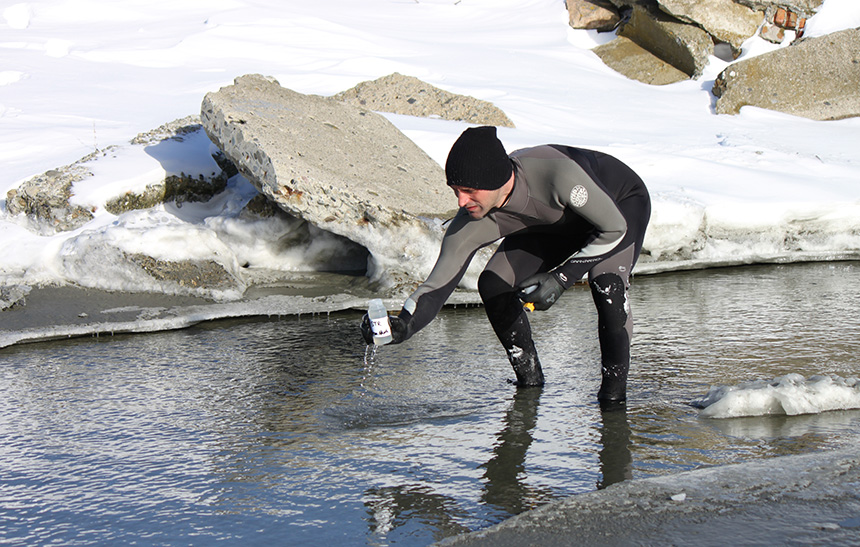City Slow to Warn Neighbors of Toxic Contamination
June 24, 2010
PROVIDENCE — Fourteen feet. That’s the distance from the westernmost outer wall of Alvarez High School to the 8-foot-high fence surrounding the still-contaminated section of the 37-acre parcel where the Gorham silver manufacturing company used to sit on the banks of Mashapaug Pond.
Contaminants known to be present at the site of the old factory, and in the pond, include trichloroethylene (TCE), tetrachloroethylene (PCE), heavy metals and other persistent organic pollutants associated with silver processing and manufacturing. Both TCE and PCE are known human carcinogens. The former has been linked to kidney and liver disease, and studies, including a study of 99 twins conducted by Samuel Goldman and researchers at the Parkinson’s Institute in Sunnyvale, Calif., have determined there is a “lot of circumstantial evidence” that exposure to PCE increases the risk of developing Parkinson’s disease by at least a factor of six.
When testing and the clean up of the site began in the early 1990s, Textron Inc., which acquired Gorham in 1967, was deemed to be the responsible party, meaning the financial onus of testing and clean up of the contaminated parcel fell on the Providence-based company. But, when the city of Providence began building the Alvarez School in 2007 without the proper approvals from the state Department of Environmental Management (DEM), the agency sued the city, resulting in a court order that deemed the city responsible for maintaining a barrier around the environmentally compromised area.
By the court’s decision, that barrier must have three essential components: a fence no less than 8 feet high; trees, shrubs and other vegetation to deter climbing or cutting of the fence; and warning signs in English and Spanish notifying people of the contamination and that a cleanup is underway.
The fence is there, and the vegetation is there, but residents of the Reservoir Triangle neighborhood noticed that the signs disappeared about 18 months ago.
“If it is the city’s responsibility to make sure my community is well informed and safe from being exposed to toxic chemicals, then I want them to make correcting these problems a top priority,” said Ricardo Patino, an Adelaide Avenue resident who recently bought a home across from the Gorham site.
In early April, Reservoir Triangle residents made a request to the Providence Redevelopment Agency (PRA), the current owner of the parcel, to replace the signs, repair holes in the fence and replace broken locks on the fence’s gates. At this point, Tom Deller, director of the PRA, assured the residents that the proper city department would replace the signs as soon as possible and that they had already been ordered through the Department of Public Property and Buildings, under the direction of Alan Sepe.
On May 11, Deller reaffirmed his assurances in front of 50 or so residents of the South Side neighborhood and members of the Environmental Justice League of Rhode Island.
In the first week of June, a full eight weeks after the original request, holes in the fence were repaired and the locks for the gates were replaced, but as of June 23 none of the signs had been replaced, so residents took matters into their own hands.
That evening, a group of about 25 people, including representatives of the Environmental Justice League, gathered at the long-contaminated site and hung hand-painted signs, in English and Spanish, on the fence surrounding the toxic real estate. It took them less than a half hour to complete the task.
“Many people in our neighborhood are new residents and they have no idea there used to be a factory right next door,” said Diane Rose, a Reservoir Triangle resident for more than 12 years and one of the organizers of Wednesday’s event. “My neighbors and I saw families, with little kids, using the parcel behind me as a play space because they just thought it was an empty lot. We saw people driving motorcycles up the contaminated debris pile that’s been left on the land, stirring up dust and then having picnics with their families on the bare ground. That is unacceptable.”
Lazaro Quezada, a resident of the neighborhood for five years and a father of two, estimated that “less than half” of the people living in the neighborhood were aware of the toxic nature of the site. “A lot of people got frustrated and gave up on this fight,” he said. “I mean, we didn’t even want the school to be built there, but there it is.”
“It’s crucially important that residents remain vigilant, especially (concerning) brownfield sites that typically take many, many years to fully clean up,” said Amelia Rose, director of the Environmental Justice League. “Without fully secured barriers and signs informing people about the site, the city is creating the potential for the unnecessary exposure to toxic chemicals for neighbors, students and staff at the school, and other residents who don’t know the history of Gorham.”
Officials at the Department of Public Property and Buildings said the signs have been received and should be posted by next week.
Categories
Join the Discussion
View CommentsRelated Stories
Your support keeps our reporters on the environmental beat.
Reader support is at the core of our nonprofit news model. Together, we can keep the environment in the headlines.
We use cookies to improve your experience and deliver personalized content. View Cookie Settings



